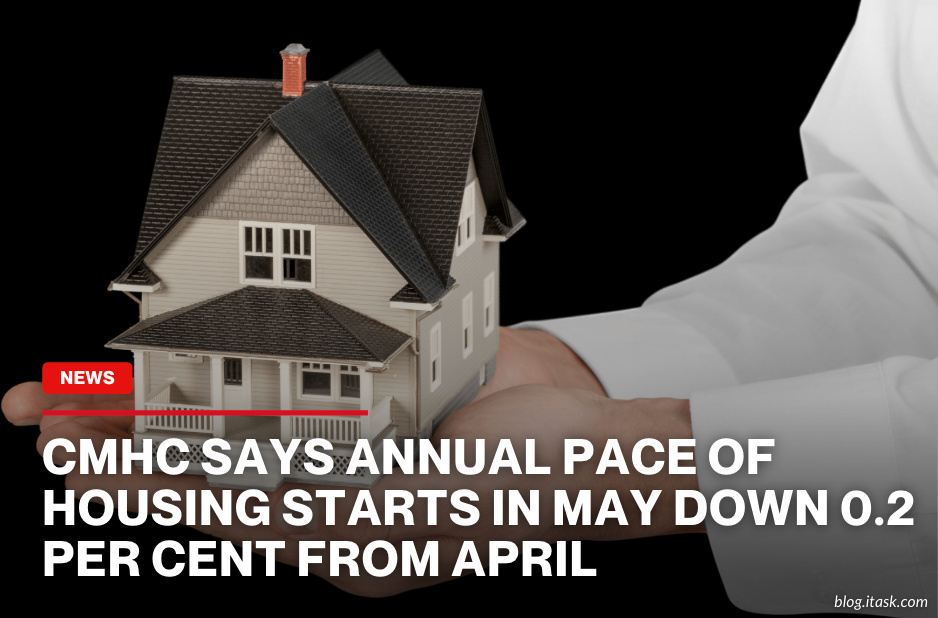CMHC says annual pace of housing starts in May down 0.2 per cent from April
CMHC says annual pace of housing starts in May down 0.2 per cent from April

Canada Mortgage and Housing Corporation says that the annual pace of housing starts in Canada slipped by 0.2 per cent in May compared with April. The seasonally adjusted annual rate dropped from about 280,181 homes in April to about 279,510 in May. In cities with populations of 10,000 or more the rate fell very slightly, from 259,916 in April to 259,804 in May. In rural areas the estimate was around 19,706 units.
Despite the small dip, some parts of the country saw gains when comparing this May with last May. Actual housing starts in urban centres of 10,000 or more were 23,745 units in May 2025 compared with 21,814 in May 2024. The six-month moving average, which smooths out month-to-month spikes and dips, rose by about 0.8 per cent from April to reach 243,407 units.
There are important differences by region. Quebec and the Prairie provinces showed stronger growth, especially in single detached homes and purpose built rental units. In contrast Ontario and British Columbia saw weaker activity, largely due to a drop in condominium construction in major cities such as Toronto and Vancouver.
Major urban centres showed mixed performance. Montreal had a rise in housing starts year over year, driven by more apartment and multi unit work. Vancouver saw a decline. Toronto had a sharper fall compared with the same month last year, affected by weak demand in multi unit developments.
Analysts are watching this as a signal that growth in housing supply is uneven. The slight drop in the monthly rate suggests caution among builders. At the same time the year over year gains in many regions show some underlying demand still exists. Many think that building more single detached homes and rentals outside major condo heavy markets may help balance things.
In all, while housing starts across Canada remain almost flat from April to May, the detailed picture shows some parts of the country doing better than others. Policy makers and builders may need to pay attention to local trends if they aim to meet overall housing needs.
